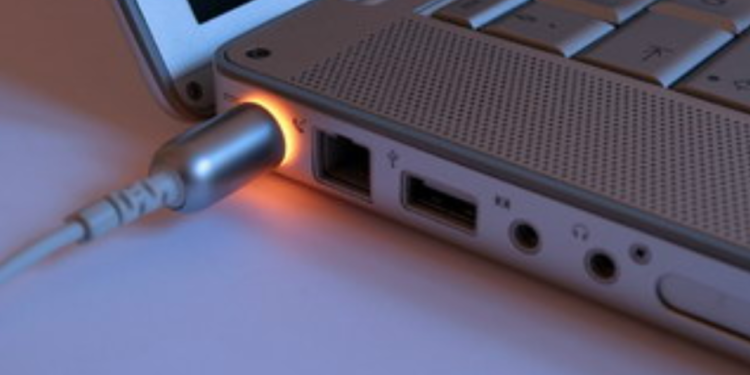With the advancement of technology, devices are becoming more and more demanding, so the batteries must be improved in order to be able to power up everything we need. There are a lot of devices that now work remotely, with no cable, which also requires the use of a battery, but that means even bigger batteries with even higher capacities. Everything you buy has a two-year warranty, including the battery that is in those devices (exceptions are electric cars).
All of this has raised additional questions about whether a lithium battery is ideal. The most widely used lithium-ion batteries began to be produced in 1912 and every year since then work has been done to improve the battery itself, in terms of safety and stability (both for users and the environment), capacity, charging speed, longevity.
Lithium batteries were initially non-rechargeable and very heavy, so the battery had to be made rechargeable and lightweight, as most devices are now designed to fit in one or both hands and the user would not be comfortable holding e.g. a heavy mobile phone for a long time.
The Advantages Of Lithium-Ion Batteries
Lithium-ion batteries have definitely prevailed in the world and its advantages are:
- High energy level (and has the potential to have even greater capacity). Tesla’s lithium-ion batteries are currently the largest in the world.
- They are rechargeable, and last longer than disposable ones (you only need to put the battery or device on the charger to recharge the battery)
- Low self-discharge compared to other batteries – Self-discharge of the battery is common with any battery, even those disposable batteries when they are no longer in the original packaging when they leave the factory. The battery is discharged whether it is used or not.
- Low Maintenance – No battery maintenance is required, unless a malfunction occurs, then repair or replacement with another battery is required.
- These batteries can produce very high voltage energy required for power tools
Disadvantages Of Lithium-Ion Batteries
- High cost for recycling because a special process of separation of metals in the battery is required, which contributes to a small percentage of recycling of these batteries, which affects environmental pollution.
- It is necessary to provide a protective circuit in the battery itself that will maintain the optimal level of voltage and current to keep the battery safe for use.
- These batteries are as susceptible to aging as other batteries, even when not in use. It would be best to store batteries that we do not use that are good and work, in a cool place to reduce battery aging.
- Transportation restrictions – Larger amounts of batteries have to go through huge controls that increase the cost of the battery itself.
- With the advancement of technology, the battery itself must advance and its production cost increases, so now the production costs of a lithium battery are expensive, which leads to the expensive devices we need.
Lithium Polymer Batteries – Advantages And Limitations
Higher quality but also more expensive batteries are currently lithium batteries to which a polymer has been added. This gives us a battery whose advantages are:
- Shelf life is longer,
- The battery capacity is higher
- It’s more stable in contact with atmospheric air, so it is more suitable for air travel.
- They are lighter than lithium-ion batteries
Disadvantages of lithium polymer batteries are:
- High cost of production and procurement of materials – due to the high cost of battery production we get more expensive mobile phones and other consumer electronics
- Non-standard battery sizes







